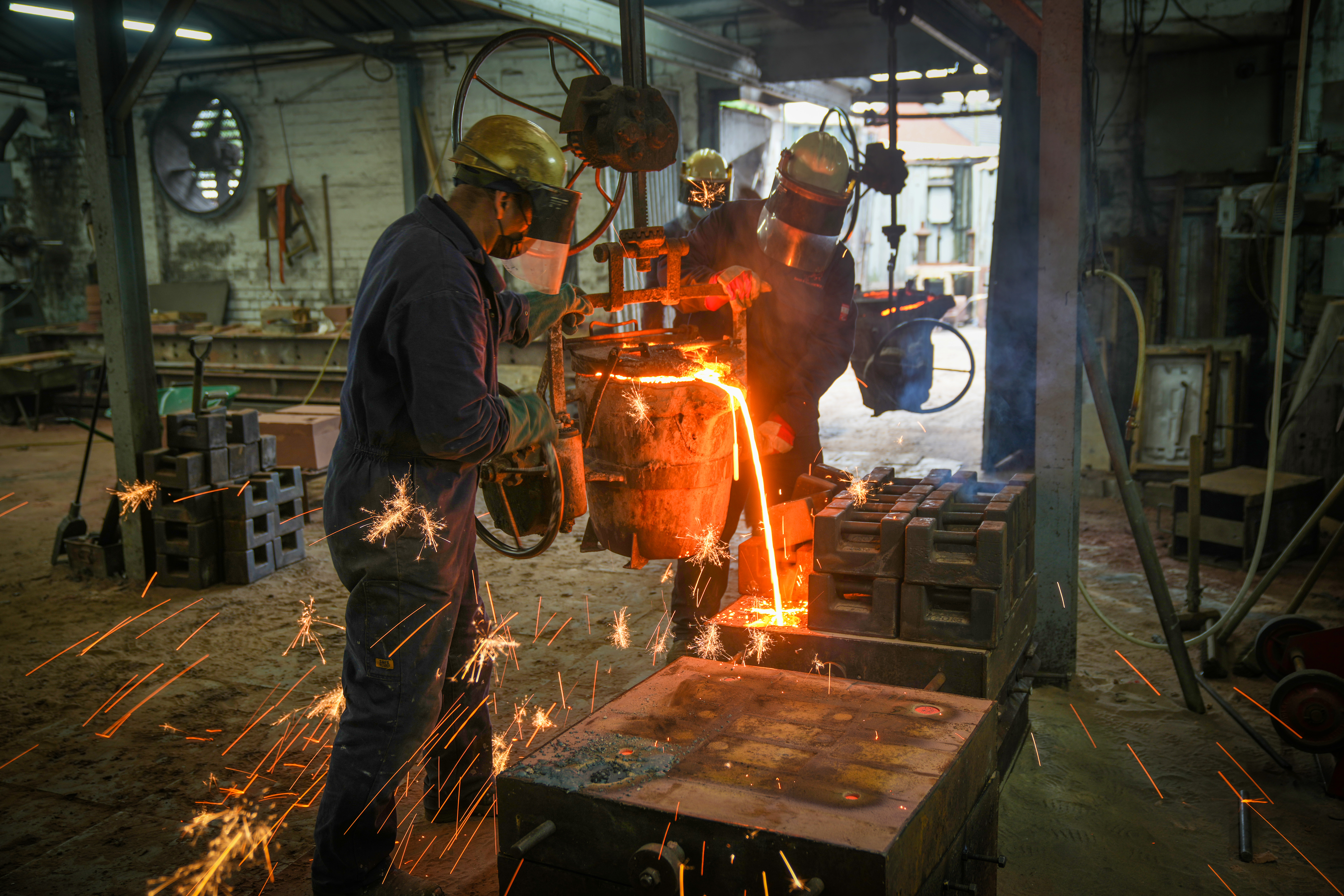It’s the week for making resolutions. And almost the only week when many freshly minted resolutions get kept, assuming Omicron doesn’t keep everyone out of the gym.
There’s wide variation in how successfully we stick to our new promises, but the focus of them is more uniform: improving ourselves. Via ludicrous commitments to jog more and eat less we aim to create thinner, fitter, better selves. Results are what you’d politely call mixed, with the share of us overweight or obese rising from 53 to 64 per cent since 1993, and whether any of that will make us happier is doubtful — but that’s one for Thought for the Day not the business pages of The Times.
My suggestion for more successful, or at least useful, resolutions? Let’s tone down the narcissism and focus our resolutions on some collective self-improvement for our economy in 2022, particularly those that will make a material contribution to our living standards. Here’s two to get our firms and government started.
Let’s begin with British business. Their resolution for 2022 should be to stop moaning about labour shortages and get on with some investing. Everyone knows the UK’s productivity performance is a disaster — the average amount that American, German or French workers produce in an hour is a massive 17 per cent above what we manage. This isn’t just bad for some abstract statistic called GDP, it’s a disaster for our living standards.
Government’s response is to focus on raising the productivity of our least productive firms. But this is misplaced given we don’t have more of those firms than other countries. And no, the problem isn’t that we’re more specialised in services than manufacturing. Among rich countries there’s no strong relationship between productivity and the size of the manufacturing sector.
Instead we need to recognise that our workers simply have less kit to work with than their counterparts overseas: we don’t invest to help our workers produce more. A French worker has over 40 per cent more capital to utilise than her UK counterpart — such a large gap that it accounts for all of the productivity chasm between the two countries. That’s the long-term result of firms’ investment in capital and R&D being lower year after year.
Despite this business investment disaster, it’s fashionable for politicians and business leaders to focus on calls for increasing public sector investment. The 2020s will need to be a decade of higher government investment, not least to deliver our net zero transition, but large increases are already under way that will see public sector investment at levels not sustained since the 1970s. So we need to focus on the real problem and that’s in the private sector. UK business investment flatlined over the past five years post-referendum, just as it rose by an average of 16 per cent in France, Germany and the US. Government must help by reducing post-Brexit uncertainty and trade costs, but business needs to turn our investment catastrophe around.
Meanwhile, the government’s new year’s resolution should be to prevent a more immediate living standards catastrophe taking place. With inflation already having reached a ten-year high of 5.1 per cent in November, real wages are falling and look set to continue doing so through the first half of next year. April will be the peak of the squeeze with rising taxes and energy bills delivering an average annual hit of £1,200 to household finances.
The top priority is to do something about an energy bill surge of £600 or more for a typical household, given this will be particularly difficult for those on lower incomes to manage. These averages also hide some families being particularly hard hit: 15 per cent of low-income households have energy bills 25 per cent or more above average thanks to poor insulation, old boilers or a large family, meaning an increase of at least £750. This is the result of the energy price cap increase due in April, reflecting the more than five-fold rise in wholesale energy prices over the past 12 months. The costs associated with the failure of 28 energy suppliers in recent months will be recouped through higher bills.

The wider lesson here is of course that for something as essential as energy, having household finances at the whim of big swings in global commodity markets is deeply suboptimal. The long-term answer is better insulated homes, more renewable energy and infrastructure that allows us to take advantage of it even when the wind isn’t blowing. There’s lots of good news on this front, with renewable costs plummeting and worldwide capacity projected to increase by 60 per cent between 2020 and 2026. But that won’t help households this year.
Labour has called for the removal of VAT from energy bills, at a cost of about £2 billion, while the government is in discussions with energy suppliers to spread the costs of firms’ failure over a longer time frame. Neither is likely to be sufficient given the scale of bill increases. The government’s resolution for 2022 should therefore involve looking at more radical options, such as moving environmental and social levies off electricity bills (and on to the taxpayer) or directly reducing the size of the energy cap increase (while compensating energy suppliers for doing so). A £200 reduction in the cap would cost £2.7 billion for six months, or £450 million if targeted at those receiving universal credit.
These resolutions are neither easy nor cost free. More investment requires less consumption or more borrowing from abroad. Helping people through this energy price spike will cost government, and ultimately taxpayers, billions. But the point of having resolutions is to prioritise what really matters in the year ahead. And more important than pretending we’ll all become gym bunnies is addressing the big challenges holding back our living standards. As JFK famously didn’t say: “Ask not what your resolution can do for you — ask what you can resolve to do for your country.”
Torsten Bell is director of the Resolution Foundation
